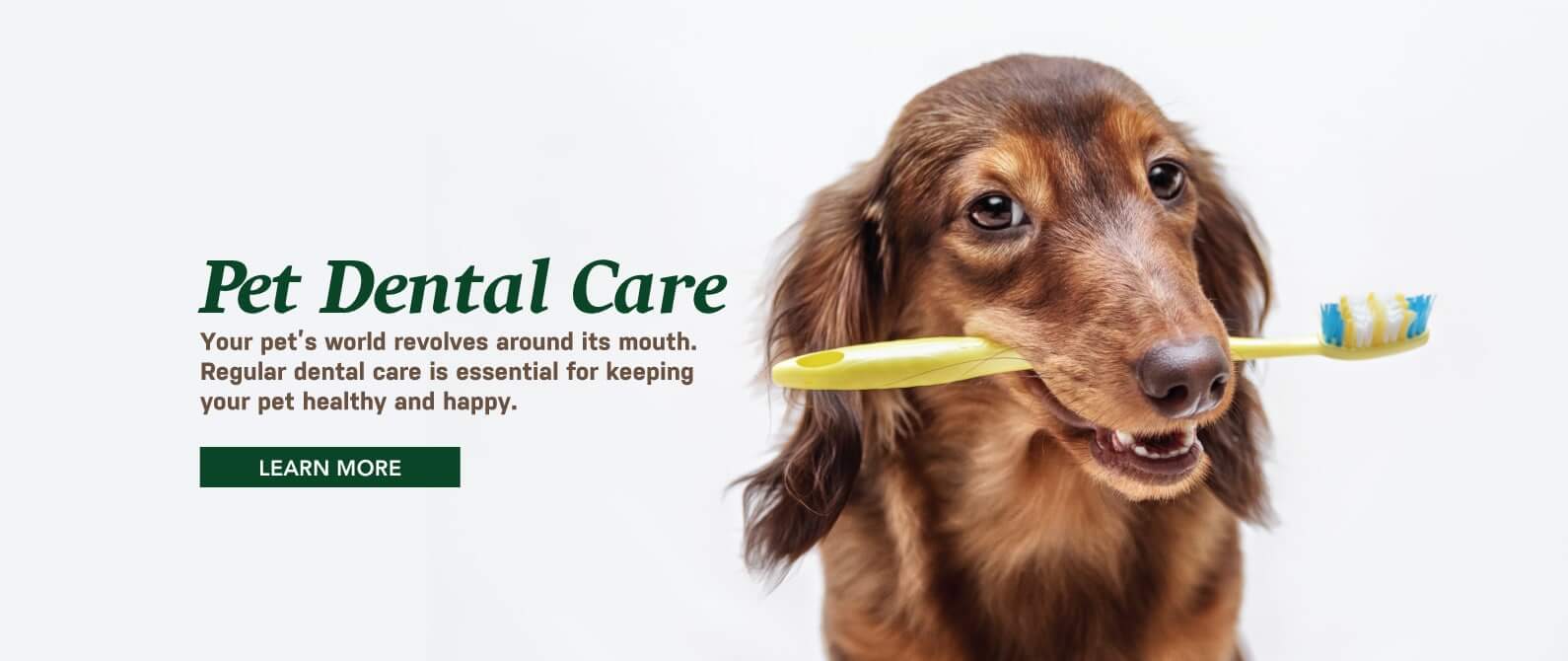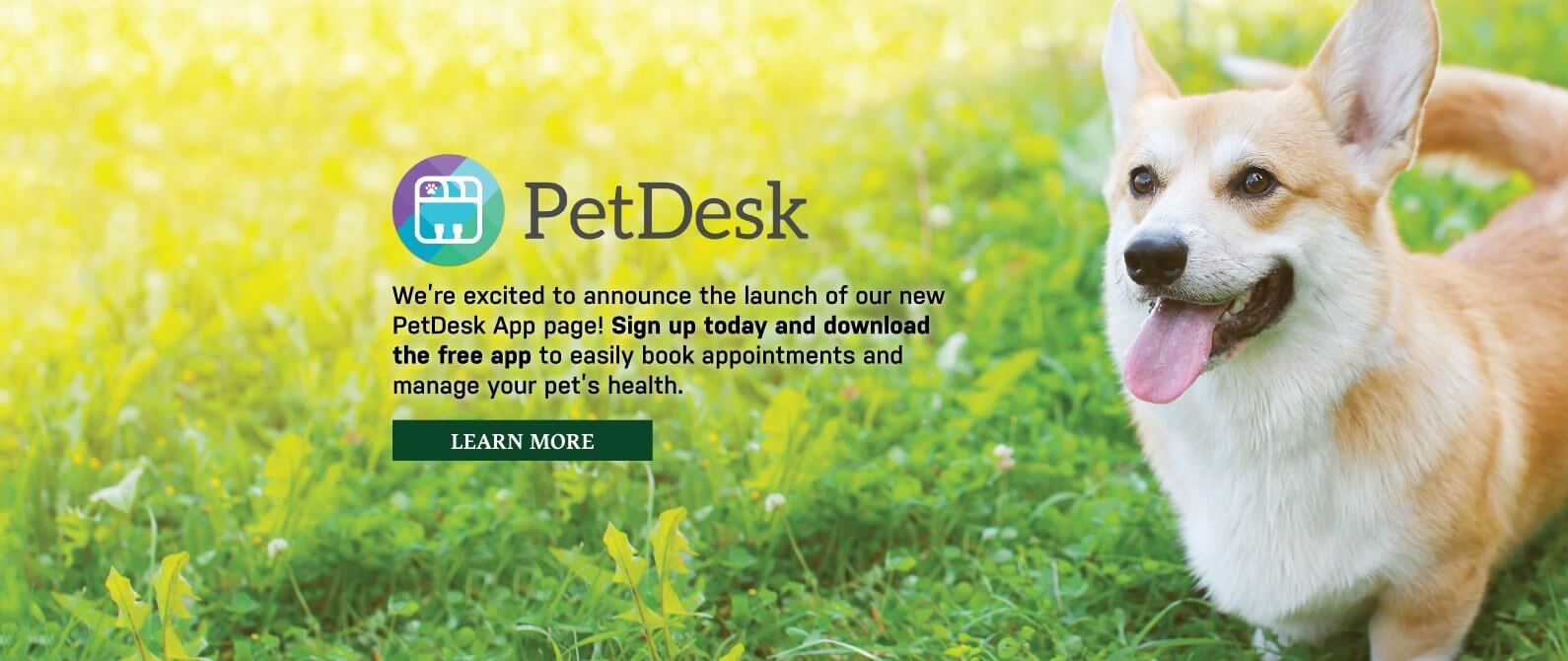
Spring is here, and whether you consider gardening a pleasure or a pain, it’s time to get your yard ready for outdoor fun and relaxation. As you’re doing so, be aware of the following hazards to your pets’ health.
Fleas and ticks. Flea populations peak during the summer, but ticks are especially active during the cooler spring and fall months. If your yard contains a lot of shrubs or borders the woods, it could be harboring ticks. The best protection for your pets is to use a topical or oral flea and tick product once a month, year-round. The options include Frontline Plus, Vectra, and Simparica for dogs, and Frontline Plus for cats, Use the appropriate dose for your animal’s weight, and never use a flea and tick product labeled for dogs on a cat.
Toadstools. Some varieties of these wild-growing mushrooms are poisonous, and they’re difficult to tell apart, so your best bet is to dig them up as they sprout and dispose of them where your pets can’t get to them.
Poisonous plants. Many common garden plants can be toxic if they are ingested, including azaleas, foxglove, lily-of-the-valley, oleander, yew, and various types of lilies. Check aspca.org for an illustrated list of toxic plants, and avoid planting them in areas where your pets may be unsupervised, even for a minute.
Cocoa mulch. This smells good to many dogs, and it contains caffeine and theobromine, the same problematic compounds found in chocolate. Untreated hardwood mulch is a safer choice.
Fertilizer. Many fertilizers contain such yummy organic material as bone meal, blood meal, feather meal, or manure. Store fertilizer securely out of reach of your pets, and follow package guidelines for applying it.
Compost piles. Turning fruit and vegetable scraps and grass clippings into compost is great for the environment, but compost piles can develop mold, and ingesting mold can make animals sick. Buy a composting container, or fence off your compost pile to keep animals out.
—Dr. Betsy Brevitz
Staff veterinarian at Fanwood Animal Hospital
and author of The Complete Healthy Dog Handbook




